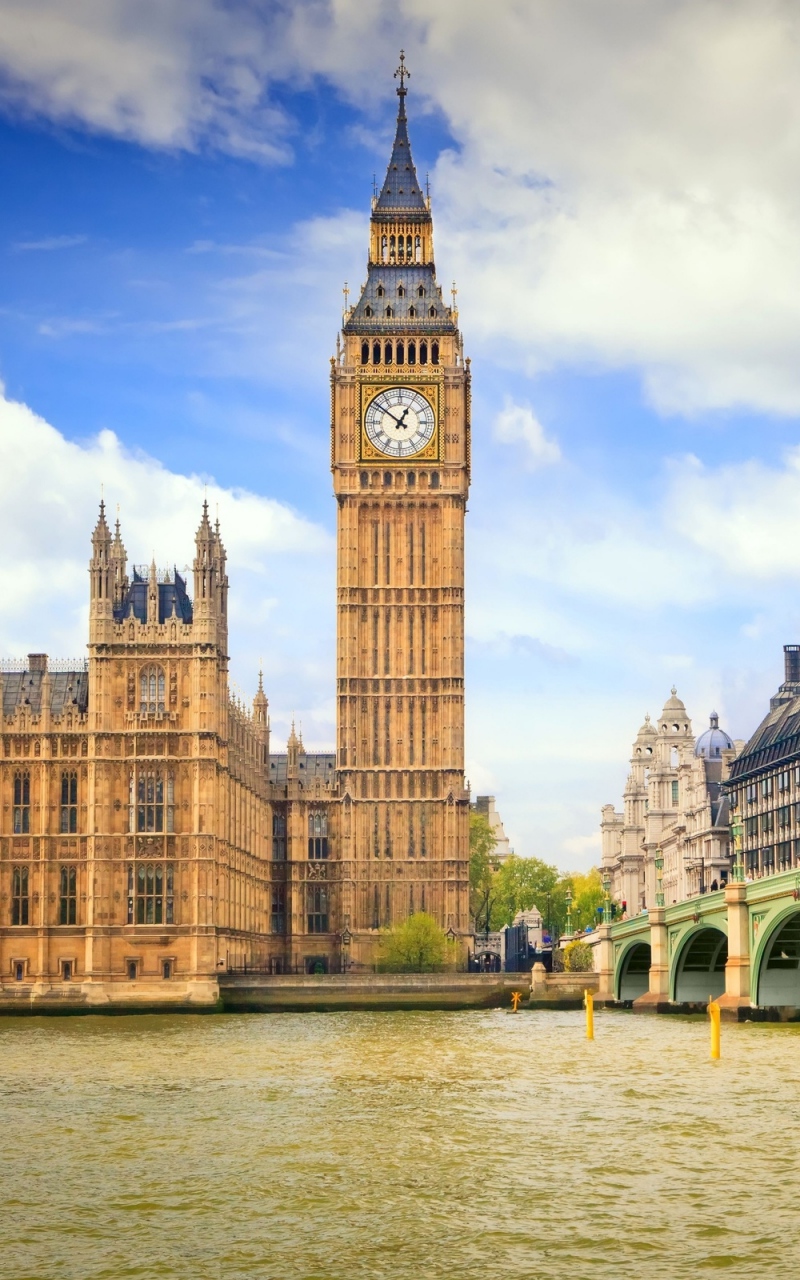
The most important is the redshift of very far away galaxies. Scientists base the Big Bang theory on many different observations. Scientists who did not agree with him decided to use it. Naming Īstronomer Fred Hoyle mockingly called the theory the "Big Bang" on his radio show. Some scientists who study cosmology have agreed that the Big Bang theory matches what they have observed so far. Cosmology is the study of how the universe began and its development. The universe is still expanding today, and getting colder as well.Īs a whole, the universe is growing and the temperature is falling as time passes. It was Georges who first noted (in 1927) that an expanding universe could be traced back in time to an originating single point. This started the formation of atoms, which eventually led to the formation of stars and galaxies. Then about 13.8 billion years ago, space expanded very quickly (thus the name "Big Bang"). Īccording to the theory the universe began as a very hot, small, and dense superforce (the mix of the four fundamental forces), with no stars, atoms, form, or structure (called a " singularity"). The most commonly considered alternatives are called the Steady State theory and Plasma cosmology, according to both of which the universe has no beginning or end. The Big Bang is the name that scientists use for the most common theory of the universe, from the very early stages to the present day. The Big Bang is a scientific theory about how the universe started, and then made the stars and galaxies we see today. The theory suggests that redshift proves the universe is expanding.

Within the belfry (whose bells were first broadcast by the BBC in 1932) is a spiral with 334 steps with a total of 399 to the lantern (the Ayrton Light) and an elevator is also expected to be added during the current restoration work.The Big Bang model is that the universe began in an extremely dense and hot condition and has expanded. The Elizabeth Tower is often mistakenly called Big Ben which is actually the name of the bell within the tower inscribed with the name of Sir Benjamin Hall, First Commissioner for Works after whom it is believed the bell takes it’s name. The tower was renamed the Elizabeth Tower in 2012 in honour of Queen Elizabeths jubilee and stands 96 meters tall housing 11 floors. There’s something strangely satisfying about looking behind the scenes of an iconic building and there are fewer buildings more famous than the Houses of Parliament and the iconic Clock Tower.


 0 kommentar(er)
0 kommentar(er)
